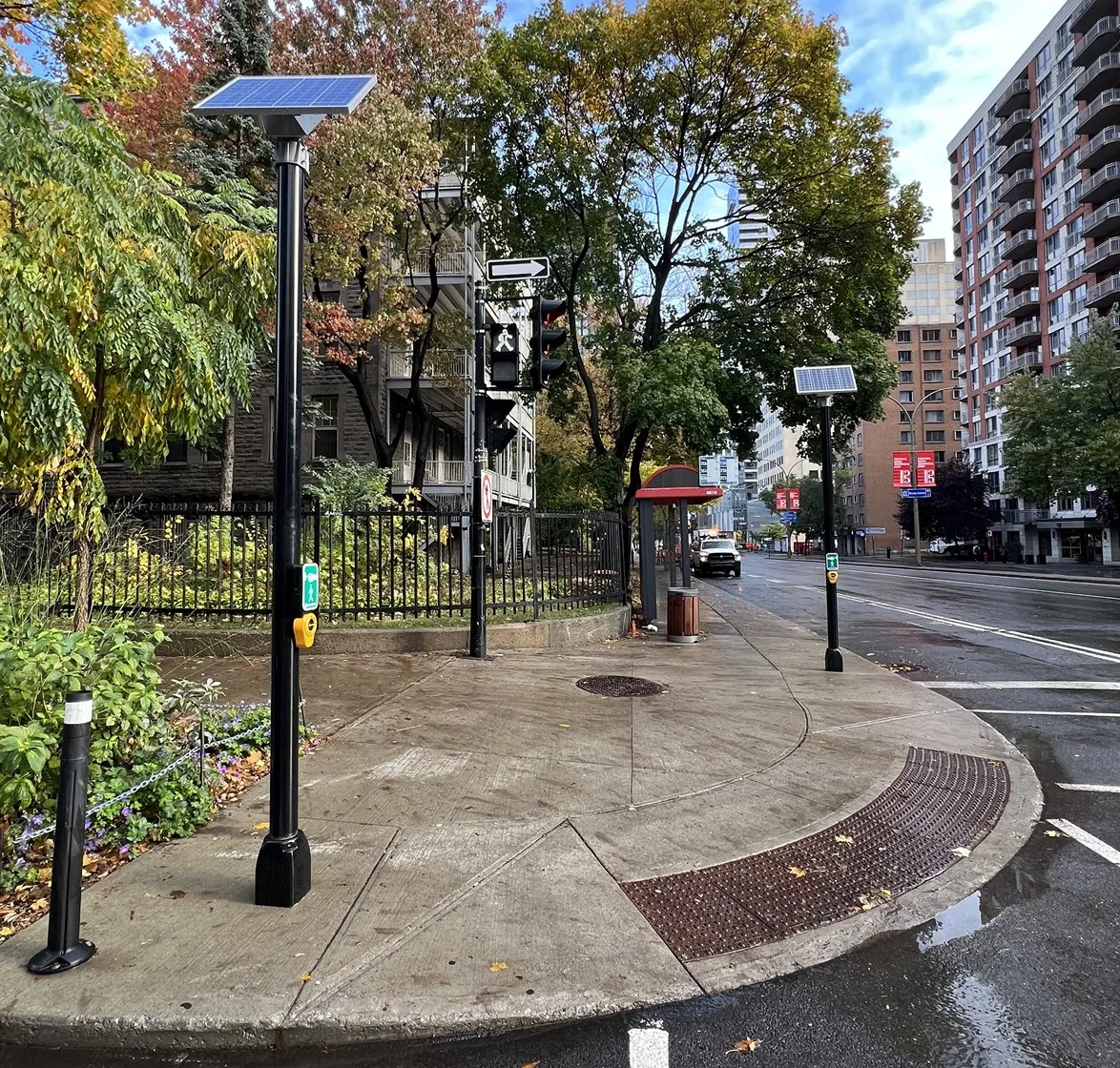Siemens’ new energy saving LED pedestrian crossing wait indicator retrofit solution allows both Siemens and Peek 48 volt incandescent wait indicators to be upgraded to the latest Central Light Source (CLS) LED technology, says the company. Siemens claim the low power consumption the solution offers power savings typically in excess of 70% and represents a highly cost effective upgrade option for existing wait indicators, particularly when undertaken alongside a wider LED traffic signal upgrade program. The
January 7, 2013
Read time: 2 mins
Siemens claim the low power consumption the solution offers power savings typically in excess of 70% and represents a highly cost effective upgrade option for existing wait indicators, particularly when undertaken alongside a wider LED traffic signal upgrade program.
The new solution uses yellow LEDs to provide improved visibility, particularly in bright sunlight, providing excellent optical performance, combined with easy installation and a full lamp monitoring compatibility with Siemens controllers
According to head of product management, Keith Manston, Siemens’ customers are looking at every opportunity to reduce power consumption and this latest addition to the Siemens low-power LED retrofit portfolio provides a sustainable solution with minimum waste, high optical brightness and outstanding phantom performance.
Siemens says the new wait indicators complement the existing Siemens retrofit solution for Helios and Peek Elite signals, now allowing all signalling equipment on a site to be efficiently upgraded to modern LED technology, re-using as much of the existing roadside equipment as possible.
This latest development not only enables customers to benefit from the overall energy savings of low power LED solutions, it eliminates the ongoing need to regularly replace lamps, reducing the carbon footprint in both the lamp manufacturing process and the vehicle miles travelled to the site to undertake lamp changes.










